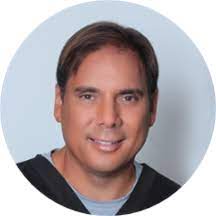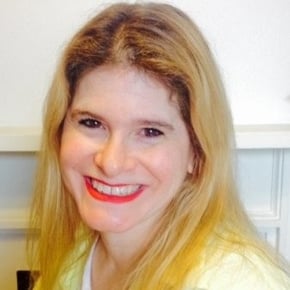David Greenwald, M.D., an accomplished neurosurgeon and researcher, is one of over 300 surgeons across the U.S. who have discovered VariLift®, the only FDA-cleared expandable solution for stand-alone posterior lumbar and cervical interbody fusion that can be used with or without supplemental fixation. In doing so, says Dr. Greenwald, his patients who undergo anterior cervical discectomy and fusion (ACDF) with VariLift®-C are the happiest on his caseload.
The bottom line? Biomechanics.
 Dr. Greenwald, who works with patients at Comprehensive MD in Fort Lauderdale, Florida, says he is motivated by a desire to find better, safer treatment options for his patients. “I am very biomechanically driven, and always have my eyes open for devices that will help restore the normal height of the intervertebral space and cervical lordosis in the most efficient, least invasive manner. I look for devices that offer immediate and long-term mechanical stability, involve minimal subsidence, and have little to no mechanical impact on the adjacent segments. With VariLift®-C, I have found that and more.”
Dr. Greenwald, who works with patients at Comprehensive MD in Fort Lauderdale, Florida, says he is motivated by a desire to find better, safer treatment options for his patients. “I am very biomechanically driven, and always have my eyes open for devices that will help restore the normal height of the intervertebral space and cervical lordosis in the most efficient, least invasive manner. I look for devices that offer immediate and long-term mechanical stability, involve minimal subsidence, and have little to no mechanical impact on the adjacent segments. With VariLift®-C, I have found that and more.”
With the vast majority of Dr. Greenwald’s practice being ACDF’s, he is well-positioned to opine on the VariLift®-C. “I first got a glimpse of the device about five years ago at a conference, at which point I thought, ‘Hey, what a great concept for both lumbar and cervical applications!’”
Diving in to VariLift®-C procedures, Dr. Greenwald soon found that there was indeed much to appreciate about the device. “With this implant, there is no need for a plate in the front of the spine, something which can cause problems. The VariLift®-C is neuroprotective (protects the spinal cord) and allows for easy deployment without the need for malleting towards the spinal cord. In addition, I love that it obeys Wolff’s law, i.e., that the bone under compression will remodel itself, unlike in a situation using a traditional cage and plate. Sometimes a plate can cause stress shielding on the graft, resulting in a nonunion or pseudoarthrosis.”
In a category by itself
After doing hundreds of procedures using VariLift®-C, Dr. Greenwald says, “There are products you think will behave a certain way and then there are those that do behave that way…that is VariLift®-C.
Motivated by safety and the ability to create lordosis, no need for a plate, and a higher fusion rate, Dr. Greenwald notes, “I tell all neck surgeons about what a game changer VariLift®-C is—and that it is now the only cervical product I use. In addition, surgeons who do a lot of revisions will find this implant ideal because in those situations there is not a lot of room at the next level for a plate or screws.”
Indicating that he has never had an issue with the VariLift®-C, Dr. Greenwald states, “There has been no backing out, no failure, no problems. One critical aspect of this device is that you don’t have to use a mallet; you just rotate it in where you want it to go. It really is ‘the next great thing.’”
Get to know Dr. David Greenwald and his practice here: Comprehensive MD (https://www.comp-md.com/)

